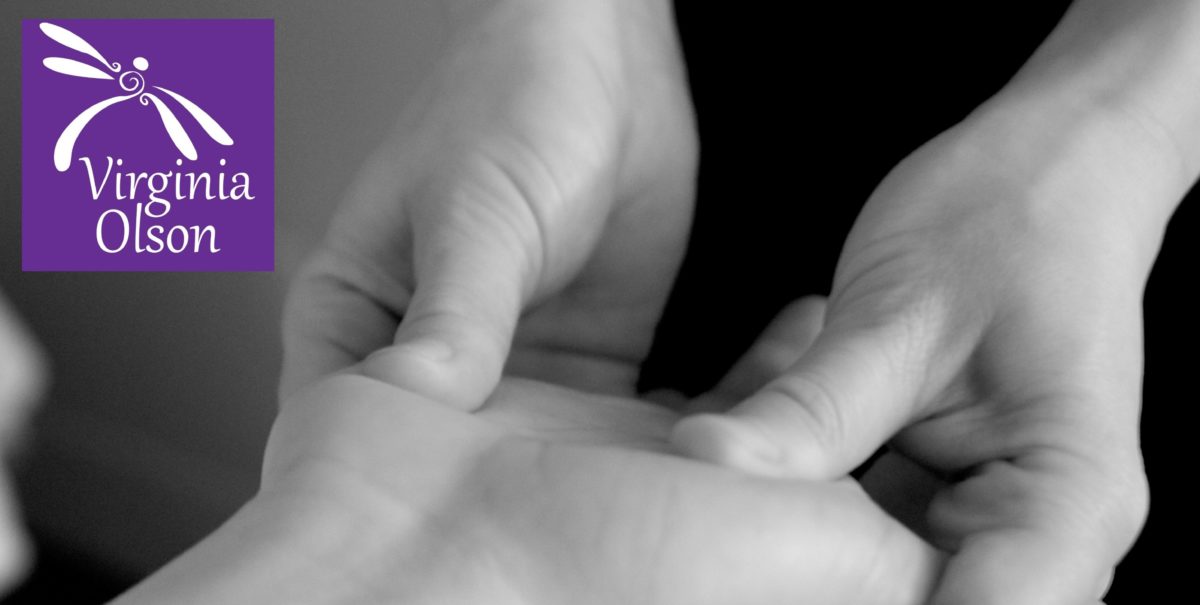Stephen Covey, the author of The Seven Habits, defines a habit as “the overlapping of knowledge, skill, and attitude.” This means knowing what to do, how to do it, and why you are doing it. He makes an excellent point that functions as an extension of the discussion of hopes and dreams. Making hopes and dreams a reality hinges on the process of personal growth: developing real habits that will lead us in the direction we truly want to go. In the process of personal growth Covey identifies 3 stages: dependence, independence, and inter-dependence.
Those in the first stage, dependence, play “the blame game.” They hold other people responsible for their circumstances or failures. The important thing to realize here is that establishing blame, or holding someone responsible, does nothing to actually resolve an issue. It’s like walking past trash on the ground, having seen someone someone throw it there carelessly. Then running after that other person, in the hope of shaming or berating him/her into some other action. In the meantime, there’s still garbage everywhere, and simply putting the garbage in the bin would solve the immediate problem and enhance the surroundings for all who pass by.
I will never forget the moment when someone I respect very much asked me, when I was complaining bitterly about an issue of great importance to me, and explaining how I held someone else responsible for my pain, “Do you want to be right? Or do you want to be happy?”
Now, of course there’s certain satisfaction that comes with the feeling of being right, of holding the moral high ground, so to speak. But it’s a very limited perspective. And a need to make other people “wrong” can be incredibly damaging to relationships. Now, this doesn’t mean we need to martyr ourselves by giving up our principles or making ourselves wrong. It just means that establishing blame and holding other people responsible won’t get us very far at all.
It’s possible to argue that the person who threw the trash on the ground needs to be educated, or taken to task for the behavior, etc. While I don’t dismiss this, I think an important principle applies here, which Covey would call a paradigm shift. (This idea is present is many different philosophies. Yogi Bhajan would call it a principle of the Aquarian Age.) “Everyone you meet comes from some great battle.”
Covey tells the story of a man riding the subway whose children were misbehaving. When asked by a fellow passenger to control his children, the man shared that they had just come from the hospital and their mother had died.
Yogi Bhajan would say “Recognize that the other person is you.” In other words, be willing to look past the surface differences in order to “understand with compassion.” Even though you may not know the whole story, it’s important to realize that there’s more to any behavior or action than meets the eye.
